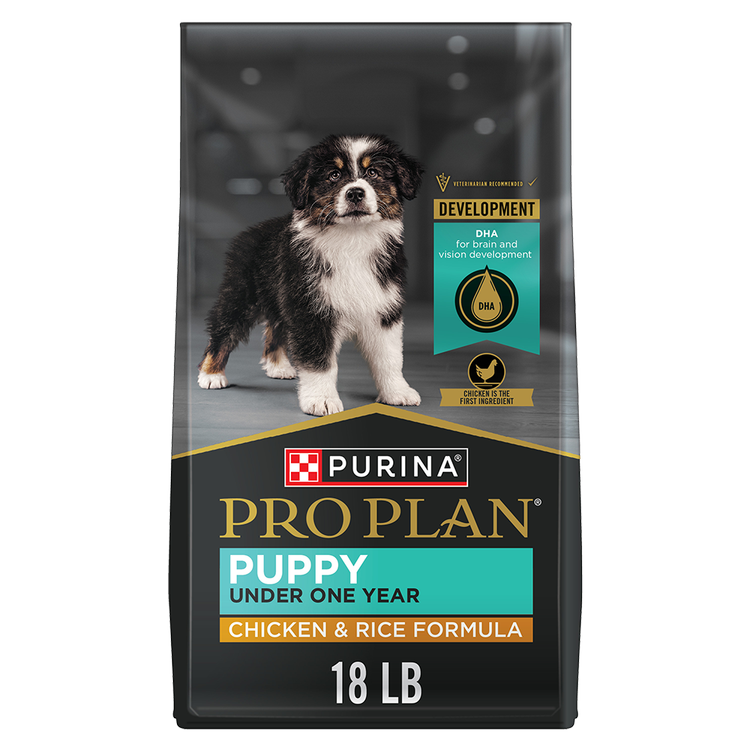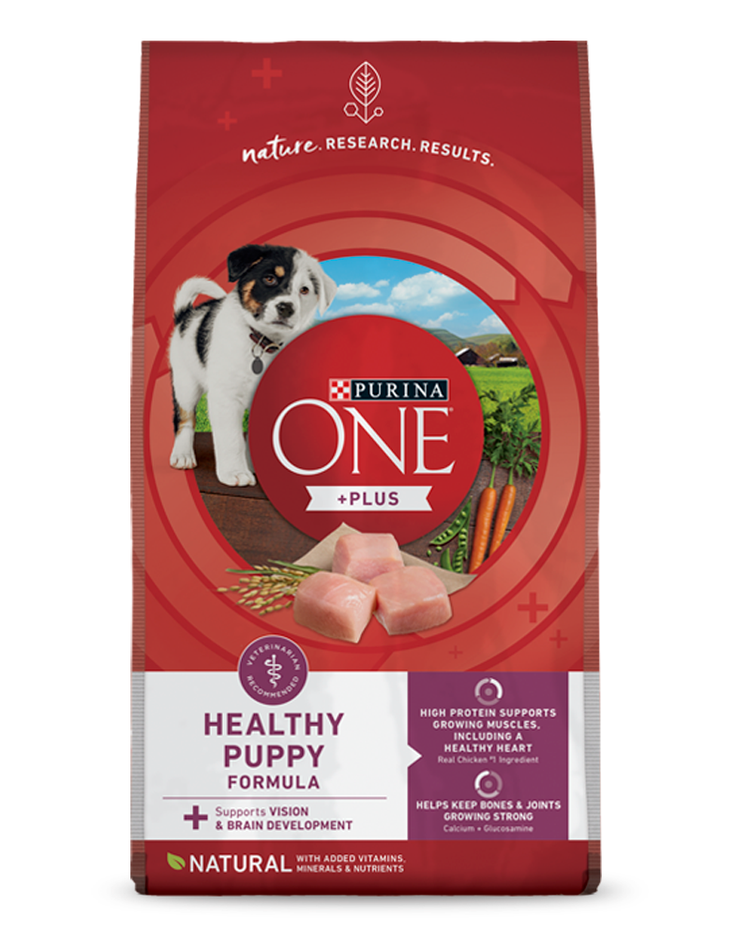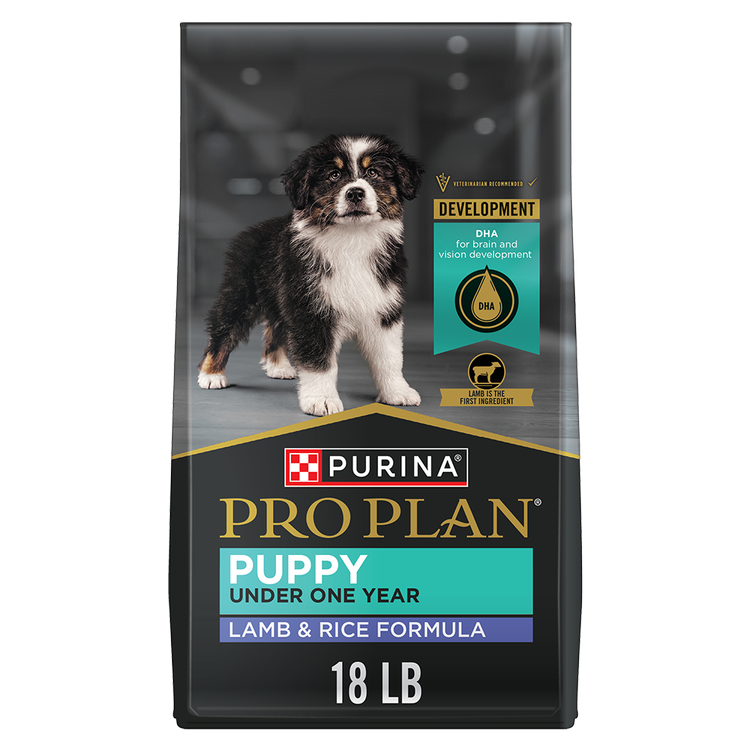Puppy Vaccination Schedule: When to Get Puppies Shots


As the proud new owner of a puppy, you’re probably already daydreaming of all the fun adventures the two of you will have together.
Before the real fun begins, you’ll have to be ready to train your puppy, adjust to each stage of their development and make sure they’re vaccinated. It’s never too soon to contact your veterinarian to have a puppy vaccination discussion. The sooner you reach out to them, the faster you can make a plan together for the health care of your puppy.
Scheduling Puppy Shots
Within the first four to five months of your puppy’s life, your veterinarian will likely want to see your puppy every two to four weeks. Initial vaccinations for many diseases start at about six weeks.
Giving vaccines prior to six weeks is ineffective because a puppy still has antibodies from their mother and their immune system isn’t mature enough to make antibodies on their own. These vaccines are repeated every 2 to 4 weeks until your puppy reaches about 16 weeks of age.
Like the rabies vaccine, some are considered core vaccines, which means they’re recommended for every dog. Then there are non-core vaccines, like the one for Leptospira, which are only recommended for dogs at higher risk of contracting a particular disease.
It’s important to note that some vaccines are combined, meaning they get one shot instead of several. For example, if your puppy gets vaccinated against distemper, adenovirus and parvovirus, they’ll get one shot instead of three separate shots.
Core Puppy & Dog Vaccinations
Rabies
Rabies is a dangerous viral disease that can infect all warm-blooded animals, including dogs. Vaccinating your dog against rabies is essential as this disease can result in severe symptoms for dogs and can lead to death.
This disease is spread through a bite from an infected animal. The virus can then enter the recipient’s bloodstream. Prompt treatment is critical for your dog’s best chance of survival.
Rabies vaccines are required by law in most states. Puppies generally get their first rabies shot when they’re between 13 and 16 weeks old, though some clinics give it as late as 20 weeks. After that, dogs usually get another booster around the one-year mark and will require a booster once every one to three years.
Rabies Symptoms in Dogs
- Hallucinations
- Fear of water
- Dehydration
- Excessive drooling
- Paralysis
- Extreme aggression and unpredictable behavior changes
Canine Distemper
Another worrisome disease you’ll want to get your dog vaccinated for is canine distemper. This disease attacks the gastrointestinal (GI), respiratory and nervous systems of infected dogs.
Distemper is highly contagious and spreads via air particles from sneezing, coughing or barking and through shared water and food bowls. Puppies usually get the first canine distemper vaccine at 6 to 8 weeks and have a series of boosters at 2- to 4-week intervals until they are 16 weeks.
Distemper Symptoms in Dogs
- Copious amounts of discharge from the eyes and nose
- Fever
- Thick and hardened footpads
- Diarrhea
- Vomiting
- Twitching
- Seizures
- Paralysis
- Death
Adenovirus
Also known as Infectious Hepatitis, there are two kinds of Adenovirus: Adenovirus-1 and Adenovirus-2.
Adenovirus-1 spreads from one animal to another through direct contact and can be found in the eye discharge, urine and feces of infected dogs. Adenovirus-2 spreads via air droplets caused by sneezing, coughing and barking.
The Adenovirus is more likely to infect younger dogs with symptoms typically starting to appear two to five days after exposure, but sometimes as late as two weeks. Though less likely to be fatal than distemper or rabies, the Adenovirus has a mortality rate in dogs between 10 and 30 percent, so don’t skip out on this essential dog vaccination.
Adenovirus Symptoms in Dogs
- Decreased appetite
- Depression
- Fever
- Blue, cloudy eyes
- Discharge from the eyes and nose
- Cough
- Vomiting
- Pain in abdomen
- Diarrhea
- Edema
- Jaundice
Parvovirus
The canine parvovirus is highly contagious and spreads when a dog encounters an infected dog or contaminated objects, like food dishes, toys, collars, leashes and bedding. This virus primarily affects the intestinal tract of unvaccinated dogs and damages the heart, lymphatic tissues and bone marrow.
Newborn puppies often have an immunity to the parvovirus (and other viruses and bacterial infections) from their mother’s milk. At around six weeks, however, the parvovirus vaccine is a must. Depending on what your veterinarian recommends, the parvovirus vaccine will likely be administered starting at 6 to 8 weeks of age and continuing at 2- to 4-week intervals until they are about 16 weeks.
Parvovirus Symptoms in Dogs
- Fever
- Vomiting
- Diarrhea
- Blood in stool
- Loss of appetite
- Weight loss
- Lethargy
- Dehydration
Non-Core Puppy & Dog Vaccinations
The following non-core vaccines may be recommended by your veterinarian depending on certain factors like geographical location, your dog’s lifestyle and how frequently they will come into contact with other dogs.
Bordetella Bronchiseptica
This highly contagious respiratory disease is one of the common causes of “kennel cough” and affects the respiratory system of dogs. It is common among dogs who have been boarded, go to dog parks frequently or come in close contact with many other dogs. The Bordetella vaccine can be given by injection, nasal spray or orally.
Bordetella Bronchiseptica Symptoms in Dogs
- A “goose-honk” cough is most common
- Sneezing/runny nose
- Loss of appetite
- Low-grade fever
Canine Parainfluenza
Another cause of kennel cough is canine parainfluenza, which happens when many dogs are in close contact with each other, especially in boarding facilities. Fortunately, this condition is not life-threatening. The vaccine can help protect your dog from infection and the unpleasant symptoms that come with it.
Canine Parainfluenza Symptoms in Dogs
- Cough
- Sneezing
- Nasal Discharge
- Gagging
- Fever
- Pneumonia (rare)
Leptospira
Leptospirosis is a bacterial infection found in both soil and water. Dogs get infected by coming into contact with the urine of infected animals like rats, raccoons, possums, wolves, deer and more. Infection can cause serious kidney and liver damage and potentially death if not treated quickly.
The risk of Leptospirosis is much greater than it was even 10 years ago, as people take their dogs into wilderness and undeveloped areas more often.
Leptospira Symptoms in Dogs
- Lethargy
- Loss of appetite
- Depression
- Increased thirst
- Increased urination
- Vomiting
- Jaundice
Borrelia Burgdorteri (Lyme Disease)
Lyme disease can be passed to humans, dogs, deer and many other animals through an infected tick. Some states have a higher rate of Lyme disease infection than others, so depending on where you live, your veterinarian may suggest your dog get vaccinated. Dogs who spend lots of time outside, especially in wooded areas or fields, may be at higher risk.
Lyme Disease Symptoms in Dogs
- Fever
- Reduced appetite
- Stiffness
- Swollen joints
- Reduced kidney function/failure
- Cardiac damage
- Neurological damage
Influenza (H3N8 and H3N2)
Unfortunately, dogs can get the flu just like humans. While the specific flu strains (H3N8 and H3N2) and their symptoms are slightly different, the dog flu can still be an unpleasant experience for our canine companions.
Dogs contract the flu via airborne respiratory droplets spread through coughing, sneezing and barking. Dogs can also get the dog flu by coming into contact with contaminated objects like water and food bowls, leashes, collars and various surfaces. Vaccines that can protect against both dog flu strains are available.
Dog Flu Symptoms
- Sneezing
- Coughing
- Nasal discharge
- Eye discharge
- Fever
- Lethargy
- Labored breathing
Crotalus Atrox Toxoid (Rattlesnake Toxin) Vaccine
Here’s some excellent news for most dog owners – your dog will probably never cross paths with a rattlesnake. If you live in the western United States, specifically in parts of California, a rattlesnake vaccine can protect against the toxin known as Crotalus Atrox. This vaccine can lessen the severity of symptoms after a rattlesnake bite—and can even save their life.
Crotalus Atrox Intoxication Symptoms
- Two separate puncture wounds
- Extreme swelling
- Pain
- Lameness
- Neurological disruption
- Paralysis
Puppy Booster Shots
After about six months, veterinarian visits will taper off. Your puppy will need boosters at regular intervals, however. Vaccine protocols may vary, so be sure to follow your veterinarian’s recommended puppy vaccination schedule.
Learn more about puppies and dogs from our pet experts on our Pet Expertise page.

Be Rewarded for Your Purina Purchases
Earn and redeem points for Purina products with myPurina app.






